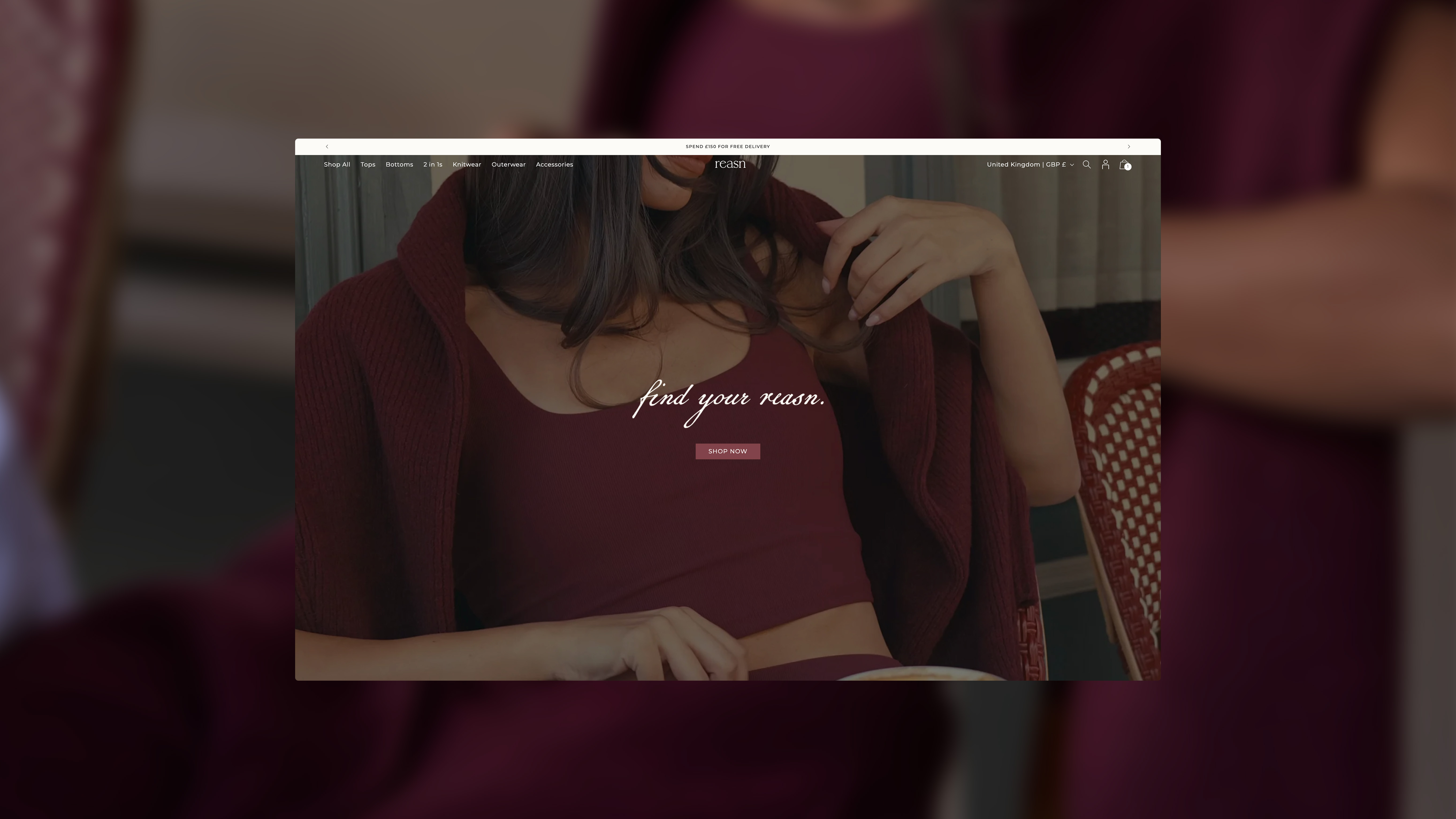What Is a Design System?
A design system is more than just a style guide. It’s a comprehensive set of guidelines, principles, and reusable components that ensure consistency in how a brand presents itself across various touchpoints. A well-built design system includes:
- A defined colour palette
- Typography guidelines
- UI components (buttons, forms, navigation elements)
- Grid systems and spacing rules
- Iconography and illustration styles
- Tone of voice and brand messaging
- Accessibility standards
It serves as a single source of truth that designers, developers, and marketers can rely on to create a cohesive experience across all brand interactions.
The Case for Design Systems
Many brands operate without a formal design system, leading to inconsistencies, inefficiencies, and a disjointed user experience. Here’s why a design system is essential for any modern brand:
1. Brand Consistency Across All Platforms
Without a structured system in place, brands often end up with mismatched colours, inconsistent typography, and varying design elements across different channels. A design system provides a unified framework, ensuring that every touchpoint - whether a website, app, social media post, or printed material feels like part of the same brand family.
When customers interact with a brand, they form expectations based on previous experiences. If those experiences are inconsistent, trust can erode. A design system maintains that consistency, strengthening brand recognition and credibility.
2. Increased Efficiency and Speed
A common challenge for creative teams is the need to repeatedly design the same elements for different projects. A design system removes this inefficiency by offering ready-to-use components.
Instead of creating buttons, forms, and layouts from scratch every time, designers and developers can pull from a library of pre-defined assets. This speeds up workflows, reduces the risk of errors, and allows teams to focus on innovation rather than reinventing the wheel.
3. Scalability as the Brand Grows
As companies expand, their design needs become more complex. Multiple teams, external agencies, and international markets mean more moving parts. A design system provides a scalable foundation that can adapt to growth without sacrificing brand integrity.
New team members can get up to speed quickly, different departments can align their work seamlessly, and agencies working on behalf of the brand have a clear framework to follow. This makes growth more manageable and ensures quality control at every stage.
4. Improved Collaboration Between Teams
A design system isn’t just for designers—it’s a bridge between design, development, and marketing teams. When everyone has access to the same design rules and assets, cross-functional collaboration becomes smoother.
Developers don’t have to guess how a button should look or function, marketers don’t have to request new designs for every campaign, and product managers can ensure everything aligns with the brand’s strategic goals. This reduces friction, miscommunication, and rework, making for a more efficient workflow overall.
5. Better User Experience (UX)
Customers don’t think in terms of individual interactions—they see a brand as a whole. When a website, app, or social media experience feels inconsistent or poorly designed, it creates frustration. A design system ensures that every touchpoint delivers a seamless experience.
Consistent navigation, typography, and UI elements reduce cognitive load for users, making interactions feel familiar and intuitive. This leads to higher engagement, better conversion rates, and stronger brand loyalty.
6. Enhanced Accessibility and Inclusivity
Accessibility isn’t an afterthought—it’s a necessity. A design system ensures that accessibility considerations are built into the brand’s foundation, rather than treated as an add-on.
By standardising elements such as contrast ratios, typography legibility, and interactive states, a design system helps brands meet accessibility guidelines (such as WCAG) and provide a better experience for all users, including those with disabilities.
7. Cost Savings Over Time
While developing a design system requires an initial investment, it saves money in the long run. The time and effort spent fixing inconsistencies, redesigning assets, and troubleshooting compatibility issues can be significantly reduced.
By streamlining processes, eliminating redundant work, and reducing errors, companies can allocate resources more effectively. The result? A more efficient team and a stronger bottom line.
How to Implement a Design System
A well-crafted design system doesn’t appear overnight—it requires careful planning and iteration. Here’s how to get started:
1. Audit Your Existing Design Assets
Before building a design system, conduct a thorough audit of your current brand assets. Identify inconsistencies, outdated elements, and areas that need improvement. This will serve as the foundation for defining your system.
2. Define Core Brand Guidelines
Establish clear guidelines for colour usage, typography, spacing, and UI components. Document everything in a centralised location that’s easily accessible to all teams.
3. Create a Component Library
Develop reusable design components that can be applied across digital and print materials. These should be built with scalability in mind, ensuring they work across various platforms and devices.
4. Establish a Governance Process
A design system isn’t a static document—it needs regular updates and maintenance. Assign ownership to a team or individual responsible for ensuring its ongoing relevance and effectiveness.
5. Educate and Train Teams
A design system is only valuable if it’s used correctly. Provide training sessions, documentation, and support to ensure that all stakeholders understand how to apply the system effectively.
6. Iterate and Evolve
Design trends, technologies, and brand strategies evolve over time. Regularly review and refine your design system to keep it aligned with the brand’s vision and user needs.
Conclusion
A design system is an investment in your brand’s future. It ensures consistency, improves efficiency, enhances user experience, and supports scalability—all while saving time and money in the long run.
Brands that take design seriously don’t leave it to chance. They create structured systems that empower their teams, streamline workflows, and deliver a seamless, recognisable experience to their audience. If your brand doesn’t have a design system yet, now is the time to start building one.





